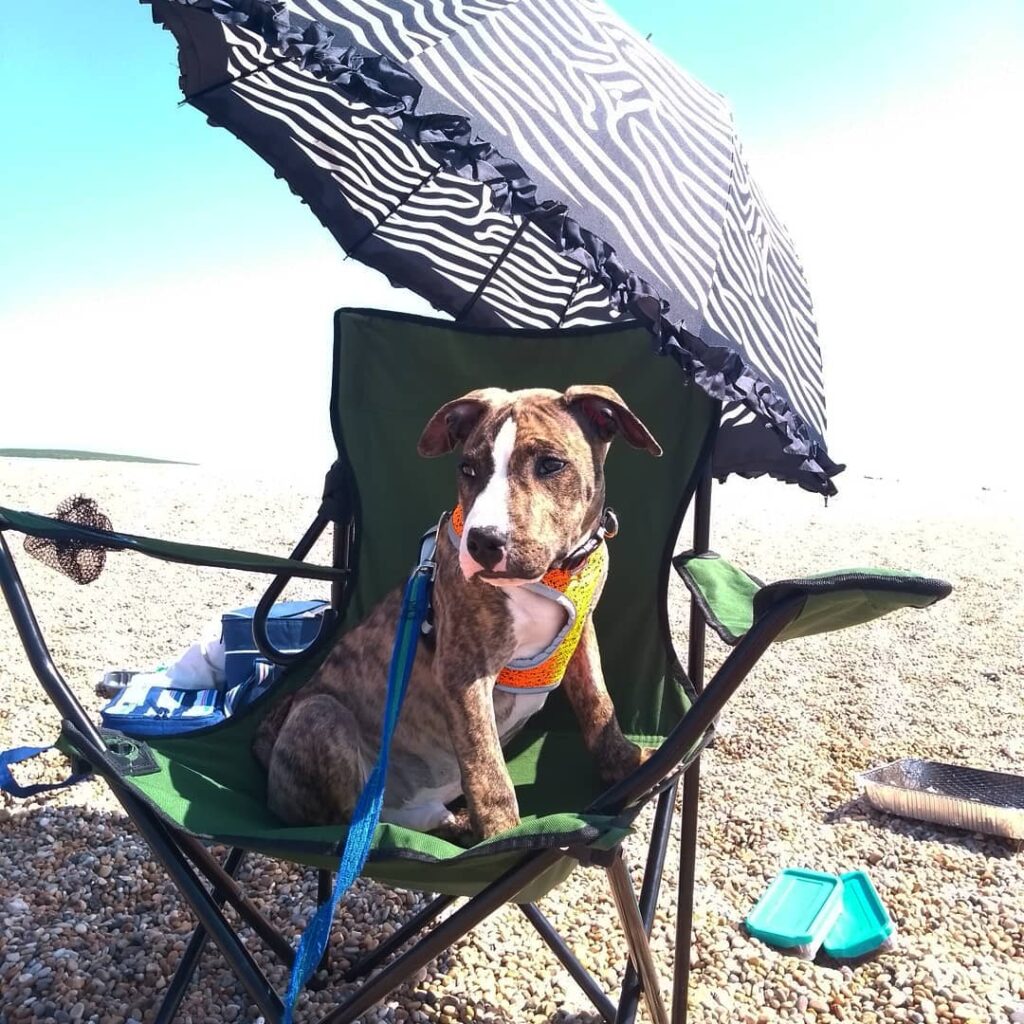Socialisation is a word that tends to carry a lot of confusion, debate and false information with it. It can be really daunting considering what you need to socialise your puppy to as a new dog owner. My best advice is that you consider the life you want for your new puppy as an adult. Are they going to be a sports dog and need to deal with that environment? Are they going to be a family dog that needs to get used to food being thrown on the floor by young kids and need to avoid that? Are they going to be coming to work with you and need to be able to ignore people and chill out in their little bubble? Are you physically able to deal with a dog who might pull on the lead or is that going to be a priority? Do you have other dogs in the household and need them to get along with other dogs with minimal supervision?
Once you’ve considered this, set yourself a priority list. There are loads of socialisation checklists on the internet (and I include one in my puppy manual for anyone who attends puppy class) which will give you a good idea of a list you can start to prioritise. It’s incredibly difficult to get them all. I could even argue that if you manage to tick every single item off that you are socialising your puppy incorrectly as I will explain later. Once you have your priority list then it’s time to start socialising.

Now, socialisation is about neutral or GOOD experiences. Quality over quantity. I find that people very rarely pay attention to the value of neutral experiences. Everyone wants their new puppy to meet people and jump all over them to show that they’re happy and comfortable with the person you’re meeting. But consider what the puppy is learning in this scenario – they’re learning that they can jump all over everyone they meet. This turns into a nightmare when the dog is no longer a cute puppy that people don’t mind jumping up at them. Then think about an experience where the puppy watches people from a dog friendly café but chooses to chill out with mum instead, perhaps looks at some rowdy children and then looks back to mum. The puppy in this scenario is learning that it’s okay to watch people but staying by your handler is far more interesting.
You also need to realise that because we know that people walking down the street aren’t something to worry about, the puppy doesn’t. You don’t get to decide what something else finds scary. Consider your family and the various phobias the members in your family may have, they’re varied and wide ranging. I’m going to say it again, you don’t get to decide what someone else finds scary. Once you’ve internalised that, we can realise that any puppy is going to be scared of something completely irrational at some point. Pumba once had a 15 minute barking fit at a green bucket that had been left next to a style and I stood there and them him decide how to deal with it. So, how do we know how a puppy is feeling about socialisation and ensure that they have neutral or good experiences with things?
Don’t force your puppy into situations! Let them decide if they’d like to go closer to something, if they choose to move away, let them and follow them! Also don’t underestimate the value of simply watching without interacting. Remember that puppies learning to ignore your recall in order to say hello to other dogs and people is still going to display that behaviour into adolescence and it will be difficult to untrain. Dogs that simply watch and learn that they can do their own thing without getting involved every time are also going to learn how to carry that behaviour on into adolescence. Let your puppy dictate the distance at which they observe or interact with things and let them decide how fast to move towards things.
What are your goals for your puppy? Do you have a socialisation plan for them or do you feel a bit lost and stuck with the whole idea of it? Let me know down below!
